Ice storms and restrictions on public gatherings can’t stop the demand for Oregon wine education, and in the case of the Oregon Wine Symposium, the show must go on. The annual event, held virtually for the second time in its 17-year history, is shaped by industry volunteers who make up the Education Committee that carefully evaluates and designs the curriculum around the most pressing needs of the industry. Driven by this input along with qualitative feedback and marketplace trend analysis, the Symposium strives to provide maximum value to attendees. More than 30 seminars and presentations by global wine experts are offered with three days full of information for $79 for registrants between now and January 14, 2022.
The 2022 Symposium will be organized in the familiar format of three separate tracks: Viticulture, Enology, and Business of Wine.
Some seminars to note are as follows:
In the Viticulture track, Drought in Oregon will present perspectives on one of the most serious environmental issues faced by many in the industry. Dr. Alec Levin and Chad Vargas will discuss the issue in depth and will be joined by Gregory Gambetta from the Bordeaux region of France. Gambetta will explore how common maladies like trunk disease and vine decline are being linked to the effects of long-term water stress.
Examining more topics within the water management arena, the Enology track offers two critical seminars on Tuesday, February 15: Winery Sustainability and Best Practices for Water Management in the Cellar and Diving Deep Into Winery Water Usage & Treatment at 10:45 and 11:45 am.
The Business of Wine track has several standout seminars for 2022. Benchmarking Oregon’s DTC Landscape will explore how Oregon-wide Community Benchmark DTC data can supply tasting rooms with opportunities for activating positive change and increasing channel growth. Regional associations will also discuss insights they’ve gathered from this regional benchmarking and what it means for their success.
The second day will take a two-pronged approach to media relations with back-to-back seminars; PR 101: Inside PR & Communications Strategies and Building your Media Relations Tool Kit: A Playbook for Successful PR & Communications Strategies as presented by Oregon wine PR veterans Kelli Matthews, Michelle Kauffman and Ryan Pennington.
Instead of just one Keynote speaker, the 2022 Symposium will extend the excitement by featuring a different Keynote address each day. This Keynote series will kick off with the return of Rob McMillan from Silicon Valley Bank, who will deliver the annual State of the Industry. As Oregon continues to be one of the hottest commodities in North American wine in the mergers and acquisitions (M & A) space, Kevin O’Brien of Zepponi & Company and Erik McLaughlin, CEO of METIS will together cover M&A Trends & Positioning for Sale.
Day three will feature a double dose of Dr. Greg Jones (pictured at right), who will highlight his riveting Climatology Report and the Vintage Report in his Keynote speeches. Dr. Jones’ highly anticipated seminars provide excellent educated glimpses into the future of Oregon Wine by examining our immediate past.
Participants are encouraged to register before January 14, 2022 to take advantage of the full-access admission reduction of 25% for early bird pricing, putting admission cost at only $79 for three full days of education and networking. Group admission for four or more drops to $69 apiece, and $25 admission for full access to viticulture seminars and general sessions with Spanish interpretation. This year, a new feature has been added—the Group Spanish Speaker Interpretation at $125 – which grants access to all virtual Viticulture sessions, Enology sessions on day 2, and OWB Research Updates for all company employees.
For more information on further discounts, preliminary programs, speakers, and special events, visit www.oregonwinesymposium.com.
#oregonwine #oregon #wine #winelovers #instawine #winenews #wineeducation #ORWineSymposium
#winebusiness #winetasting #viticulture #enology



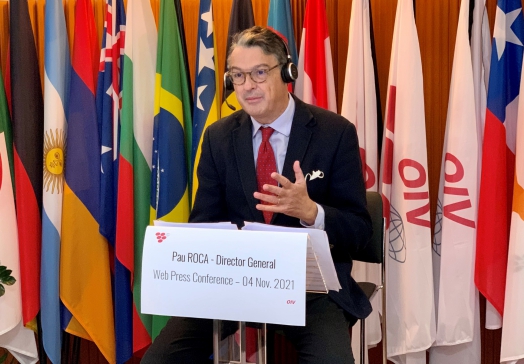

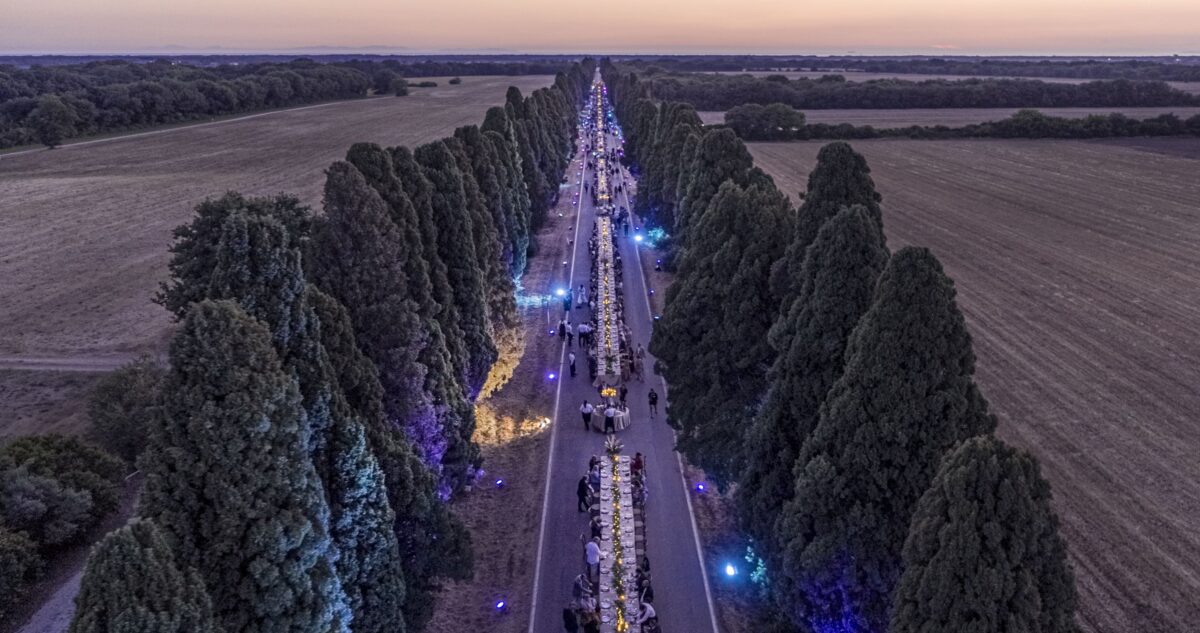


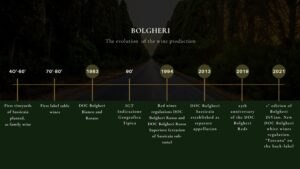
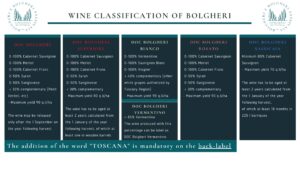
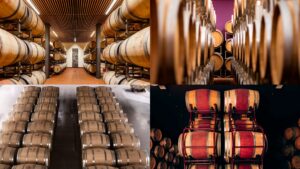 The diversification of the wineries, both in their own stories and their production, under the libertarian philosophy of the DOC cited above, permit the interpreters to tell their very personal interaction with the environment.
The diversification of the wineries, both in their own stories and their production, under the libertarian philosophy of the DOC cited above, permit the interpreters to tell their very personal interaction with the environment.
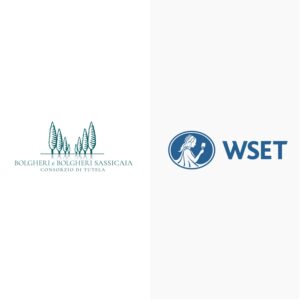 I’d like to proudly underline that the Consorzio per la Tutela dei Vini DOC Bolgheri e DOC Bolgheri Sassicaia has recently become the first-ever Italian appellation WSET Corporate Patron. I am sure this collaboration will bring a great value in terms of education and qualifications to inspire and empower all the actors of the Bolgheri wine territory.
I’d like to proudly underline that the Consorzio per la Tutela dei Vini DOC Bolgheri e DOC Bolgheri Sassicaia has recently become the first-ever Italian appellation WSET Corporate Patron. I am sure this collaboration will bring a great value in terms of education and qualifications to inspire and empower all the actors of the Bolgheri wine territory.